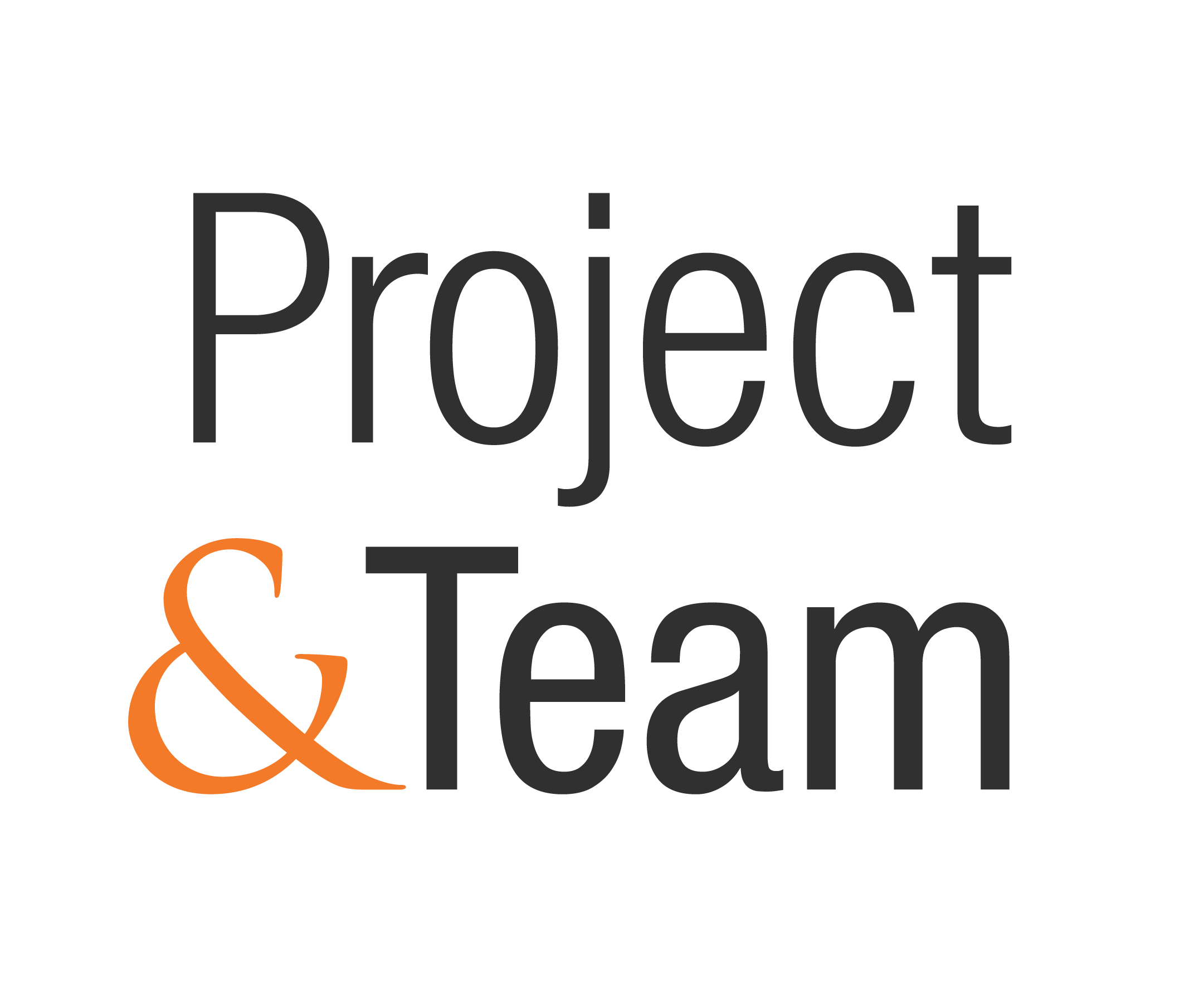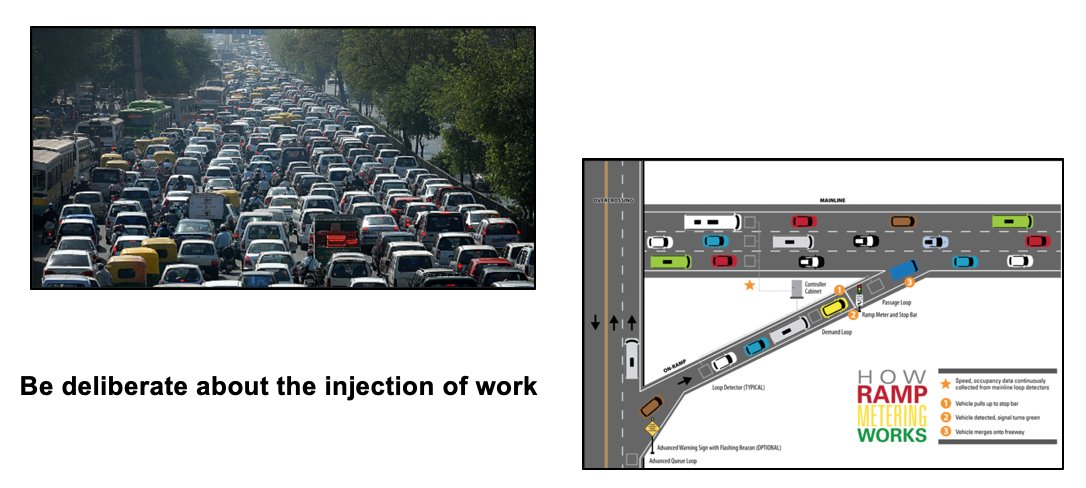Quantified Impact of Uncontrolled Multitasking
The burden of too much work juggling manifests as the thrashing of uncontrolled context-switching and ineffective meeting attendance. In the agile parlance this is called work in progress (WIP). The impact on the effectiveness and morale of our workforce should be considered with concern that includes the human-focused culture rather than the “just the way it is” culture. The impact extends well beyond the individuals and into the economics of value delivery for the organization. Enterprises from large engineering, military defense contractors, and medical device providers even to pressure-cooker startups tolerate as well as reinforce this economic burden on value delivery.
We know it to be true. Expressing the impact in the language of dollars is the most effective means for motivating a change.
Let’s together look at how we quantify the impact and some techniques for abatement.
Research on the Impact
The American Psychological Association experiments show that multitasking can reduce productivity by 40%. That’s roughly 25 minutes per hour of context-switching tax. Even worse, heavy multi-tasking can lower your IQ by up to 15 points. I am certain no company’s HR strategy says “Let’s find and hire the best people in our industry then put them into a culture and system that forces them to be dumber.”
Quantified Impact – an Example
Tina is an engineer working for a medical device provider with whom I consult on improving value delivery using agile, scaled agile and lean techniques. As a mechanical engineer (ME) that is also a skilled database administrator (DBA), she is assigned to apply those skills on two different skill-specialized teams. I asked her how she manages to juggle these seemingly disparate kinds of work, coming from different sources, and focused on different outcomes. She explained that she reserves Mondays and Wednesdays for the ME work and Tuesdays and Thursdays for the DBA work. Fridays are set aside for overhead, catching up, etc.
“So people on the teams you work with know this work heuristic of yours and honor it?” I asked. “Of course not!” she replied. The lesson here is that an individual can try to protect their own productivity; however, the very nature of collaboration will marginalize these attempts.
Here is the quantified impact of context-switching to Tina, over a year of work:
My parameters are simple: $100. Per hour fully burdened labor cost, 32-hours productive work per week for 50 weeks per year. In this scenario, it would require another 1/3 to ½ of a Tina to recoup the time spent context-switching.
My Excel-based and web-based calculators allow my clients to tweak these numbers to what seems reasonable in their context as well as multiply them by the number of employees in their organization.
The number of executives who have said to me: “Well, let’s just go hire more people then!” is exactly zero. Instead, seeing the impact in dollars incites the question “How do I save that money?”
Mindset Shift
The first step to creating a culture that recognizes and protects the time and cognitive energies of their employees as the most valuable asset in the company is to think in terms of energy as currency.
Growing up in South Texas, my dad would yell “Don’t leave the front door open! I can’t afford to air condition the whole neighborhood!”. He could not actually see the dollar bills flying out the front door, but he knew where the money was going.
When we visualize context-switching hours as energy leaking out the doors and windows of our Enterprise, the need to detect and patch the leaks becomes imperative.
I also ask people to think about whether they would let a co-worker come to their desk, open their wallet and take a $20 bill. No, of course we would not let them steal our money currency! Yet, every day we let our colleagues steal our energy currency.
Managers are often the worst offenders. In the name of “where I sit on the org hierarchy, my time is more valuable than yours, so I can call ad-hoc meetings, demand status in a specific format, redirect work , etc.”, the energy currency price tag becomes uncontrolled.
The mindset shift to protecting energy currency is the key guiding principle for controlling WIP.
Abatement Techniques
In concert with the principle of protecting energy currency, the organization can encourage and enact related practices. Here I list some examples of practices from my own experience, some encouraged by thought leaders, and some represented in frameworks like the Scaled Agile Framework ™
Organize around value – with dedicated, not apportioned people
Skill-based teams serve the purpose of consistency, skill development, management of similarly-skilled people and potentially mentoring. In a fast-paced, digitally-implemented world, this team structure creates bottlenecks. People are allocated to many projects or initiatives, leading to excessive overhead and context-switching. By organizing cross-functional teams focused on value delivery, for example a specific product or a reused component in a product line, we reduce the context-switching cost significantly.
Leverage meeting cadence rather than ad-hoc meeting frenzy
In The Surprising Science of Meetings (Rogelberg, 2019) and Death by Meeting (Lencioni, 2004) we get an in-depth study of meetings as being essential to collaboration and techniques for making them an effective use of the energy currency of the organization.
A key energy-waster I observe is the knee-jerk reaction of “We need to discuss X. I’ll set up a meeting ASAP and invite all the people who could remotely have an interest in this topic.” Then the culture of the organization reinforces that if I am invited to a meeting, I attend. I will complain about what time waster it was afterward. It’s not my place to fix the problem with our system and culture. If we put a money meter in each conference room and ticked off the money spent in each meeting based on time and labor costs, and added in context-switching, room-finding, waiting for late attendees (even in virtual meetings), what would that visibility into the cost of meetings cause us to do?
I encourage my clients to use ad-hoc meetings as a last resort, like using a credit card for a purchase. What regularly scheduled meeting might I bring this topic to? The context-switching cost will already be paid. What other means of collaborating or getting a conclusion might I use - that is, how can I reduce the cost of getting the resolution or outcome needed?
Impose WIP limits based on capacity – use “metered” work injection, especially at the portfolio level
The tendency in organizations is to believe “more is more”. As a result, corporate initiatives are funded based on “Do we have the people and skills to do this?” Usually the answer is “Yes, if we pull 20% of these people off this project and 15% of these, etc.” The overhead of this corporate-level multi-tasking becomes staggering.
I often use the analogy of allowing as many cars as possible onto a freeway at rush hour.
When the freeway is congested, there is no room for variability. For example, if one car has a flat tire, the whole system comes to a halt. This is what we do with our precious energy currency, leaving no room for adjustments based on internal learnings or external changes.
One solution for the organization is to “meter the work” just as we see metered on-ramps to freeways. Lean portfolio management and funding assist with this practice.
A mantra in the agile community is “Stop starting. Start finishing.”
Make a clear delineation of planned and demand-driven work
One of the interesting side-effects of working from home in 2020 due to the pandemic is that we have ratcheted up the amount of multi-tasking required. Working from home has reinforced the excessive cost of interruptions. Whether it’s the kids schooling remotely, the dogs that now realize we are here at their beckoning or the doorbell announcing the arrival of some remotely-ordered goody, we are constantly multi-tasking.
Even when we went physically to the office, the disruption of the proverbial shoulder-tap impacted our focus.
The mental model I use is the delineation of Emergency Room doctors and scheduled doctor visits.
ER doctors know how to triage incoming patients and make just-in-time decisions on which work to do first. Our operations support people live in this kind of work environment. People who are, instead, performing the strategic work of enhancing systems, creating innovative new solutions and tackling tough problems that require analysis and experimentation – they must have uninterrupted time for deep thinking and creating. They must be able to plan heads-down time just as non-ER doctors schedule patient visits.
In most organizations, there cannot be a completely clean delineation. However, a better balance can be defined than allowing unrestrained shoulder-tapping at any time by anyone to anyone. The first step in creating a balanced solution is to provide visibility into the magnitude and sources of the problem.
Create a balanced calendar that supports heads-down working time
Building a culture that supports allocation of heads-down working time and protecting that time as sacredly as we attend meetings is a key practice. I have normed with my inner circle of collaborators to specify when I can be interrupted, when time can be scheduled on my calendar, when I am heads-down working, etc. Just having the conversation and agreements is liberating and motivating.
This kind of norming at an organizational level is the topic of an article on IT Revolution by Domenica DeGrandis, author of Making Work Visible: Exposing Time Theft to Optimize Work & Flow (DeGrandis, 2017)
Show me the Money
When we treat the energy currency of our organization as seriously as we manage the finances, amazing transformation will happen. People, our most valuable asset, will be motivated, productive and innovative.
Cindy VanEpps is a SAFe Program Consultant Trainer who pragmatically applies agile, scaled agile and lean practices to improve the economics of value delivery. She will gladly learn from and collaborate with you: cindy@projectandteam.com
References
https://www.apa.org/research/action/multitask
https://blog.rescuetime.com/context-switching/
https://blog.trello.com/why-context-switching-ruins-productivity
What is a Scrum Master: https://www.scrum.org/resources/what-is-a-scrum-master
Organizing Around Value https://www.scaledagileframework.com/organize-around-value/
The Surprising Science of Meetings https://www.amazon.com/Surprising-Science-Meetings-Lead-Performance/dp/0190689218/ref=sr_1_1?crid=130VW0CQCJLYL&dchild=1&keywords=the+surprising+science+of+meetings&qid=1612459994&s=books&sprefix=The+Surprising+Science+of+Meeting%2Cstripbooks%2C886&sr=1-1
Visualizing and Limiting WIP https://www.scaledagileframework.com/visualize-and-limit-wip-reduce-batch-sizes-and-manage-queue-lengths/
Lean Portfolio Management https://www.scaledagileframework.com/lean-portfolio-management/
Dominica DeGrandis article on IT Revolution https://itrevolution.com/optimize-time-with-balanced-calendar/





